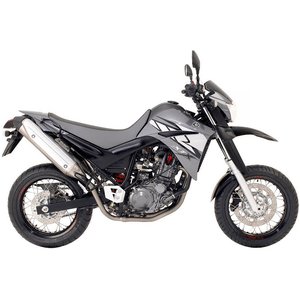Yamaha XT 660 X (2004–2016): The Supermoto That Redefined Everyday Adventure
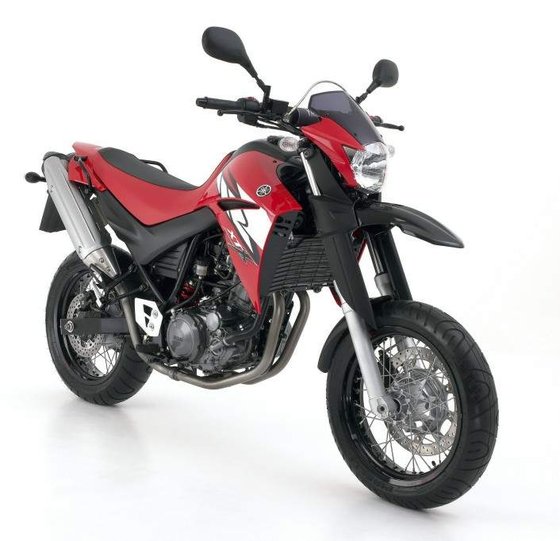
Introduction
The Yamaha XT 660 X isn’t just a motorcycle—it’s an attitude. Born in 2004 and produced until 2016, this supermoto carved out a niche as a versatile, grin-inducing machine that blends the agility of a dirt bike with the practicality of a streetfighter. Designed for riders who crave excitement without sacrificing usability, the XT 660 X remains a cult favorite among urban commuters, weekend canyon carvers, and supermoto enthusiasts. But what makes this single-cylinder workhorse stand out in a sea of multi-cylinder competitors? Let’s throttle into the details.
Design & Ergonomics: Tall, Bold, and Unapologetically Fun
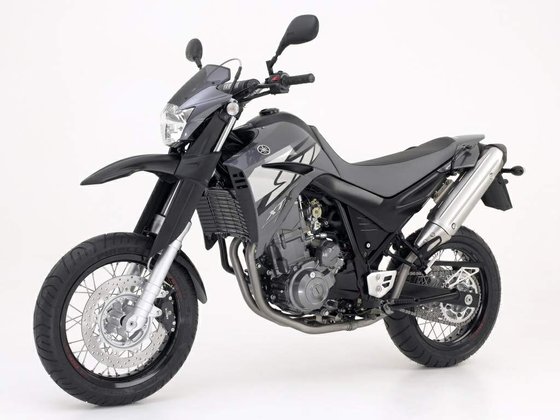
At first glance, the XT 660 X screams “supermoto” with its aggressive stance, spoked 17-inch wheels, and minimalist bodywork. The 875 mm (34.4-inch) seat height might intimidate shorter riders, but it’s a trade-off for the commanding view of the road—a boon in city traffic. The upright riding position, wide handlebars, and MX-inspired footpegs provide a natural, dirt-bike-like posture that’s perfect for flicking through traffic or leaning into corners.
Yamaha’s design ethos here is functional yet stylish. The steel diamond frame, dual exhaust pipes, and angular fuel tank give it a rugged aesthetic, while the LCD instrument cluster (a novelty in its era) keeps things modern. Wind protection is minimal, but that’s part of the supermoto charm—you’re meant to feel every breeze.
Engine & Performance: Single-Cylinder Soul
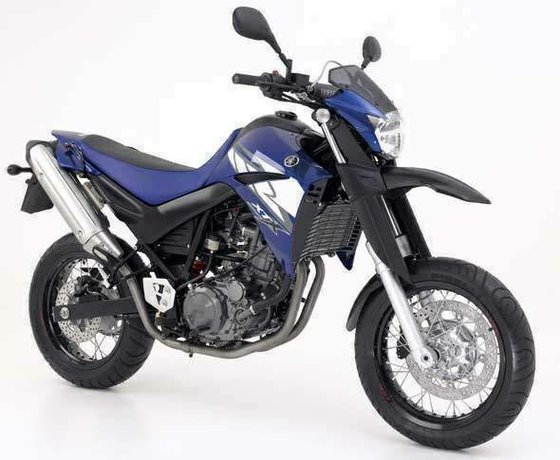
The heart of the XT 660 X is its 659 cc liquid-cooled single-cylinder engine, delivering 48 hp at 6,000 rpm and 58.4 Nm (43.1 lb-ft) of torque at 5,250 rpm. On paper, these numbers seem modest, but the real-world experience is anything but. The engine’s punchy low-to-mid-range torque lets you accelerate out of corners with urgency, while fuel injection ensures crisp throttle response—no carbureted lag here.
Key engineering upgrades over its predecessors include:
- Ceramic-composite cylinder plating for better heat dissipation.
- Roller-bearing rocker arms to reduce friction.
- Lighter crankshaft and balancer for smoother operation.
While the 5-speed gearbox is a slight letdown (a 6th gear would’ve eased highway cruising), the ratios are well-spaced for urban and backroad riding. Top speed hovers around 160 km/h (100 mph), but this bike isn’t about straight-line speed—it’s about exploiting backroads at 80% throttle, grinning like a maniac.
Handling & Suspension: Where the XT 660 X Shines
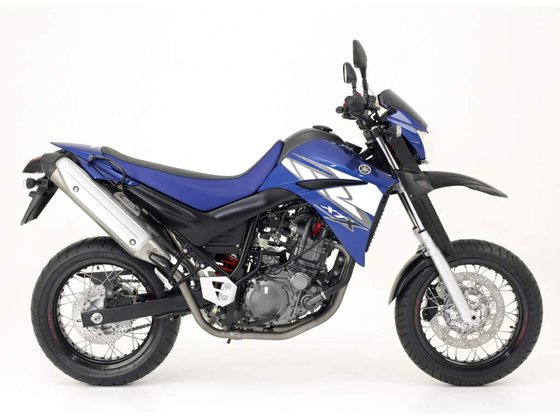
Supermotos live and die by their handling, and the XT 660 X delivers. The 43 mm Paioli forks and Monocross rear suspension offer 225 mm (8.8 inches) and 200 mm (7.9 inches) of travel, respectively. While tuned firmer than its enduro sibling (the XT 660 R), the setup soaks up potholes and encourages aggressive cornering.
The chassis—60% stiffer than previous generations—feels planted yet playful. With a 26-degree rake and 94 mm (3.7-inch) trail, the bike turns in eagerly, and the sticky Pirelli Diablo tires (120/70-17 front, 160/60-17 rear) offer grip that belies the bike’s modest power.
Pro Tip: The high center of gravity demands active riding. Shift your weight forward under braking, and the XT will reward you with sportsbike-like lean angles.
Braking System: Brembo Bite
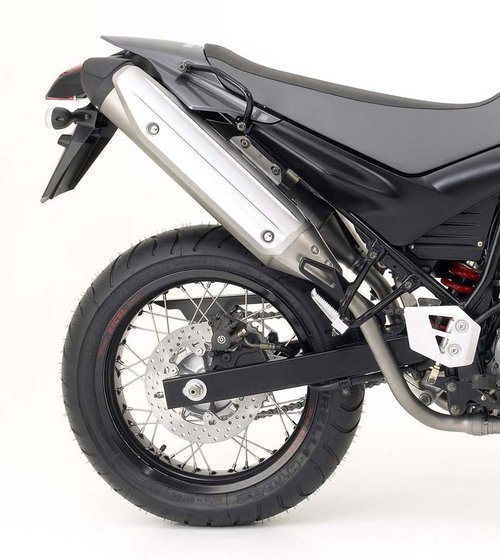
Yamaha didn’t skimp on brakes. The 320 mm front disc paired with a 4-piston Brembo caliper delivers stopping power that rivals liter bikes. Even during hard riding, fade is minimal, and the lever feedback is superb. The rear 245 mm disc does its job without drama, though it’s easy to lock up if you’re overly enthusiastic.
Competition: How Does the XT 660 X Stack Up?
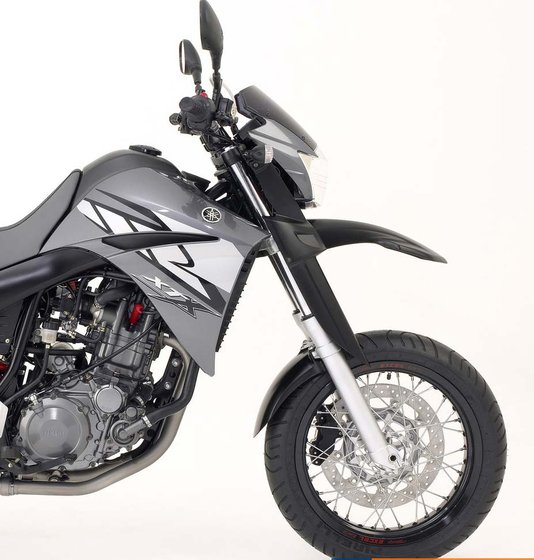
In the supermoto arena, the XT 660 X faced stiff competition. Here’s how it compares:
1. KTM 690 SMC R
- Pros: Lighter (146 kg / 322 lbs dry), more power (67 hp), advanced electronics.
- Cons: Higher maintenance costs, vibey engine.
- XT’s Edge: The Yamaha’s torquier low-end and steel frame make it more forgiving for daily use.
2. Husqvarna SM610
- Pros: Raw, race-bred agility.
- Cons: Sparse dealer network, dated design.
- XT’s Edge: Fuel injection vs. Husky’s carburetor gives the Yamaha a reliability advantage.
3. Suzuki DR-Z400SM
- Pros: Lighter, cheaper, bulletproof reliability.
- Cons: Underpowered (40 hp), 5-speed gearbox.
- XT’s Edge: The Yamaha’s larger engine dominates highway riding.
Verdict: The XT 660 X isn’t the fastest or lightest, but it strikes a rare balance between usability and fun. It’s the supermoto you can ride to work—and then detour through a twisty canyon.
Maintenance: Keeping the XT 660 X Alive (and Thriving)
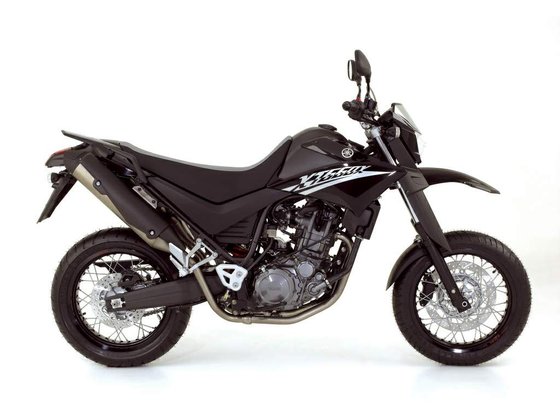
The XT 660 X is notoriously reliable, but smart upkeep ensures longevity:
Key Maintenance Tasks
- Oil Changes: Every 5,000 km (3,100 miles). Use SAE 10W-40. The dry-sump system holds 2.9L (0.76 gallons).
- Valve Adjustments: Check every 10,000 km (6,200 miles). Specs: 0.09–0.13 mm (intake), 0.16–0.20 mm (exhaust).
- Chain Care: Clean and lube regularly. The 110-link chain pairs with 15/45 sprockets—swap to a 44-tooth rear for better highway manners.
- Coolant: Replace every 2 years. Capacity: 1.25L (1.32 quarts).
MOTOPARTS.store Upgrades
- Exhaust Systems: Slip-on mufflers to unlock the engine’s growl.
- Suspension Kits: Stiffer springs for track days.
- Brake Pads: Sintered pads for sharper stopping.
- LED Lighting: Boost visibility with modern LEDs.
Conclusion: The Supermoto for the Rest of Us
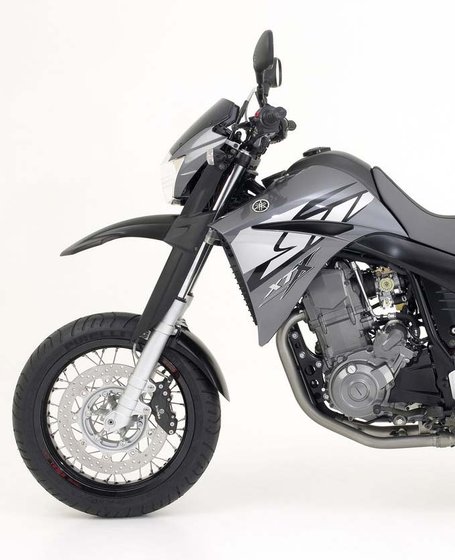
The Yamaha XT 660 X isn’t trying to be a race bike. It’s a gateway to everyday adventure—a motorcycle that makes grocery runs feel like rally stages. With its rugged engineering, approachable power, and Brembo-equipped agility, it’s a machine that rewards skill without punishing inexperience.
Whether you’re threading through city traffic, scraping pegs on mountain roads, or hunting for upgrades at MOTOPARTS.store, the XT 660 X remains a testament to Yamaha’s knack for building bikes that prioritize fun. Over a decade since its debut, it’s still a reminder that sometimes, less really is more.
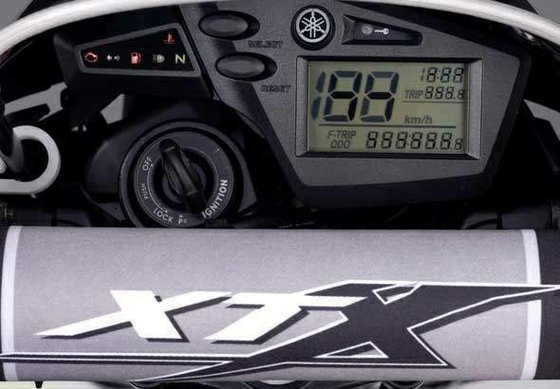
The Yamaha XT 660 X: Because every commute deserves a detour.
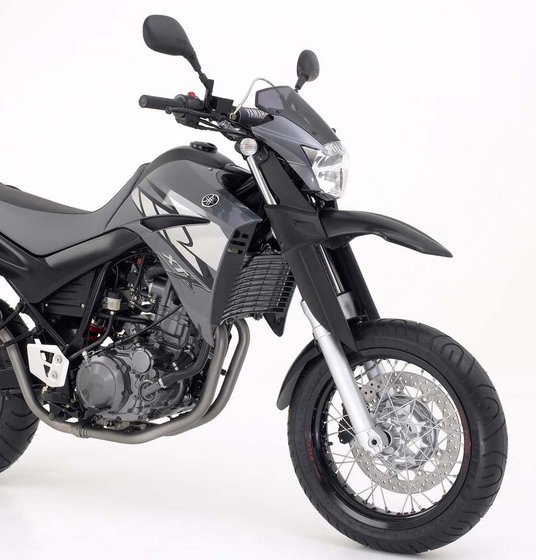




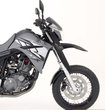



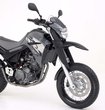
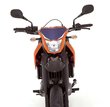








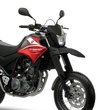

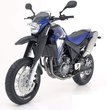


Specifications sheet
| Engine | |
|---|---|
| Stroke: | Four-stroke |
| Ignition: | TCI |
| Max power: | 35.8 kW | 48.0 hp |
| Max torque: | 58.4 Nm |
| Fuel system: | Fuel Injection (44 mm throttle body) |
| Lubrication: | Dry sump |
| Max power @: | 6000 rpm |
| Displacement: | 659 ccm |
| Max torque @: | 5250 rpm |
| Configuration: | Single |
| Cooling system: | Liquid cooled |
| Compression ratio: | 10:1 |
| Number of cylinders: | 1 |
| Dimensions | |
|---|---|
| Wheelbase: | 1505 mm (59.3 in) |
| Dry weight: | 173 |
| Wet weight: | 186 |
| Seat height: | 875 mm (34.4 in) |
| Overall width: | 860 mm (33.9 in) |
| Overall height: | 1170 mm (46.1 in) |
| Overall length: | 2175 mm (85.6 in) |
| Ground clearance: | 210 mm (8.3 in) |
| Fuel tank capacity: | 15 L (3.9 US gal) |
| Drivetrain | |
|---|---|
| Final drive: | chain |
| Chain length: | 110 |
| Transmission: | 5-speed |
| Rear sprocket: | 45 |
| Front sprocket: | 15 |
| Maintenance | |
|---|---|
| Rear tire: | 160/60-17 |
| Engine oil: | 10W40 |
| Front tire: | 120/70-17 |
| Brake fluid: | DOT 4 |
| Spark plugs: | NGK CR7E or NGK CR7EIX |
| Spark plug gap: | 0.6 |
| Coolant capacity: | 1.25 |
| Forks oil capacity: | 1.2 |
| Engine oil capacity: | 2.6 |
| Engine oil change interval: | Every 5000 km or 2 years, whichever comes first |
| Valve clearance (intake, cold): | 0.09–0.13 mm |
| Valve clearance check interval: | 24,000 km / 15,000 mi |
| Valve clearance (exhaust, cold): | 0.16–0.20 mm |
| Recommended tire pressure (rear): | 2.1 bar (30 psi) solo, 2.3 bar (33 psi) with passenger |
| Recommended tire pressure (front): | 2.2 bar (32 psi) |
| Chassis and Suspension | |
|---|---|
| Rake: | 26.0° |
| Frame: | Steel tubular diamond frame with dual tank rails |
| Trail: | 94 mm (3.7 in) |
| Rear brakes: | Single 245 mm disc, 1-piston Brembo caliper |
| Front brakes: | Single 320 mm disc, 4-piston Brembo caliper |
| Rear suspension: | Oscillating arm standard Monocross |
| Front suspension: | 43 mm Telescopic forks |
| Rear wheel travel: | 200 mm (7.9 in) |
| Front wheel travel: | 225 mm (8.8 in) |



